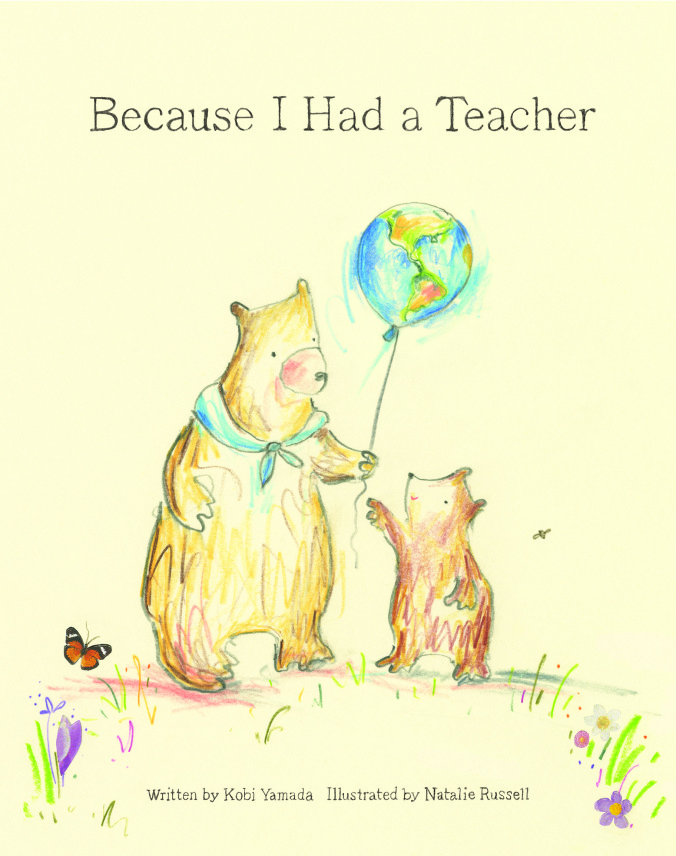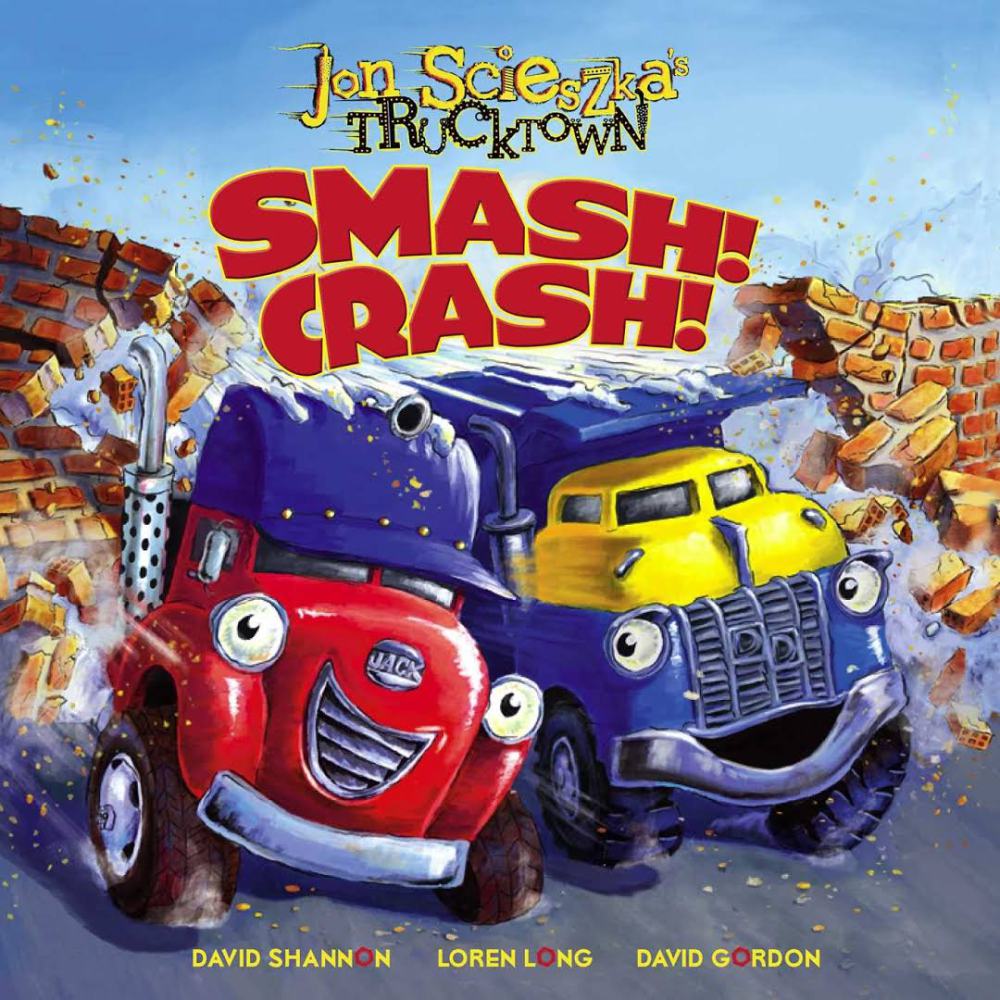Download links for: Mr. Gatling's Terrible Marvel: The Gun That Changed Everything and the Misunderstood Genius Who Invented It


Reviews (see all)
Write review
A bit too much like a text book--can't be classified as pleasure reading.
This book was missing two important things: an outline and an editor
Didn't start it. I changed my mind.
a Christmas card to capitalism.
Very interesting.
Other books by History & Biography
Other books by Julia Keller
Related articles












